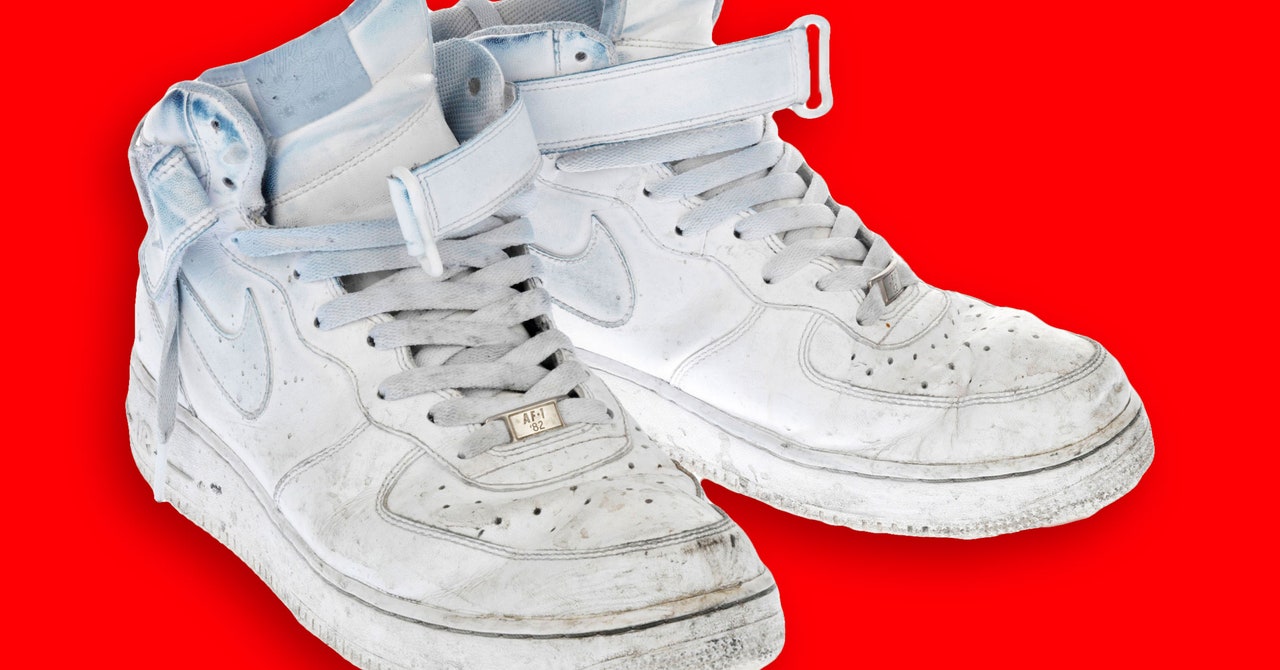In the world of brands, this soul is cultivated through intuition, something that comes from living, breathing and immersing yourself in the brand’s culture and ethos. Nike’s success was not built on data alone, but on the instincts of visionary designers and marketers who had a feel for the streets and sports fields. The people who made Nike culturally resonant, like Sergio Lozano, designer of the Air Max 95; Nate Jobe, who helmed the hugely successful The Ten collaboration with Virgil Abloh’s Off-White; and Tom Rushbrook, Global Senior Design Director, embodied this intuition. Yet, unsurprisingly, all of these key figures were part of the mass exodus of talent that occurred under Donahoe.
It all started when Donahoe took over as CEO and made the controversial decision to restructure Nike’s product and marketing departments, eliminating long-established categories like running, football, basketball, fitness and training in favor of streamlined, gender-driven labels such as . “men”, “women” and “children”. Not only did this shift alienate a core group of designers and marketers, many of whom left en masse, it also messed with Nike’s ability to speak authentically to specific athletic communities, diluting its competitive edge in innovation and niche marketing.
Under Donahoe’s leadership, Nike centralized its marketing efforts and pushed for a digitally-led strategy. This led to the abandonment of the bold, emotionally charged campaigns that once defined the brand – such as the iconic ‘Failure’ ad from 1997, featuring Michael Jordan reflecting on his missed shots and losses, and the ‘Find Your Greatness’ campaign from 2012 . which celebrated ordinary athletes pushing their limits. These campaigns appealed to audiences because they tapped into universal themes of human struggle and triumph.
Instead, Nike turned to a more clinical, algorithmic approach, which Junko called the “scandalous editorial strategy.” The goal was to create micro-targeted content optimized for digital platforms, but this approach backfired.
Instead of creating compelling narratives, Nike flooded its social media channels with a stream of content that was both expensive and ineffective. These posts, designed to drive traffic to Nike’s e-commerce platforms, did little to convert visitors into customers. Worse, they undermined Nike’s once-powerful storytelling ability, leaving a void in the emotional connection with the audience.
Can Nike regain its cultural edge?
Despite all this, Nike is still one of the most famous and popular brands in the world. It’s still the market leader in its industry and still makes $5 billion in earnings before interest and taxes each year ($5.7 billion in fiscal 2024) without a single dollar of debt.
Nicolin Van Enter suggests that Nike could benefit from focusing on local manufacturing and innovation centers, similar to how On Running benefits from its proximity to the most advanced manufacturing equipment in Europe.




